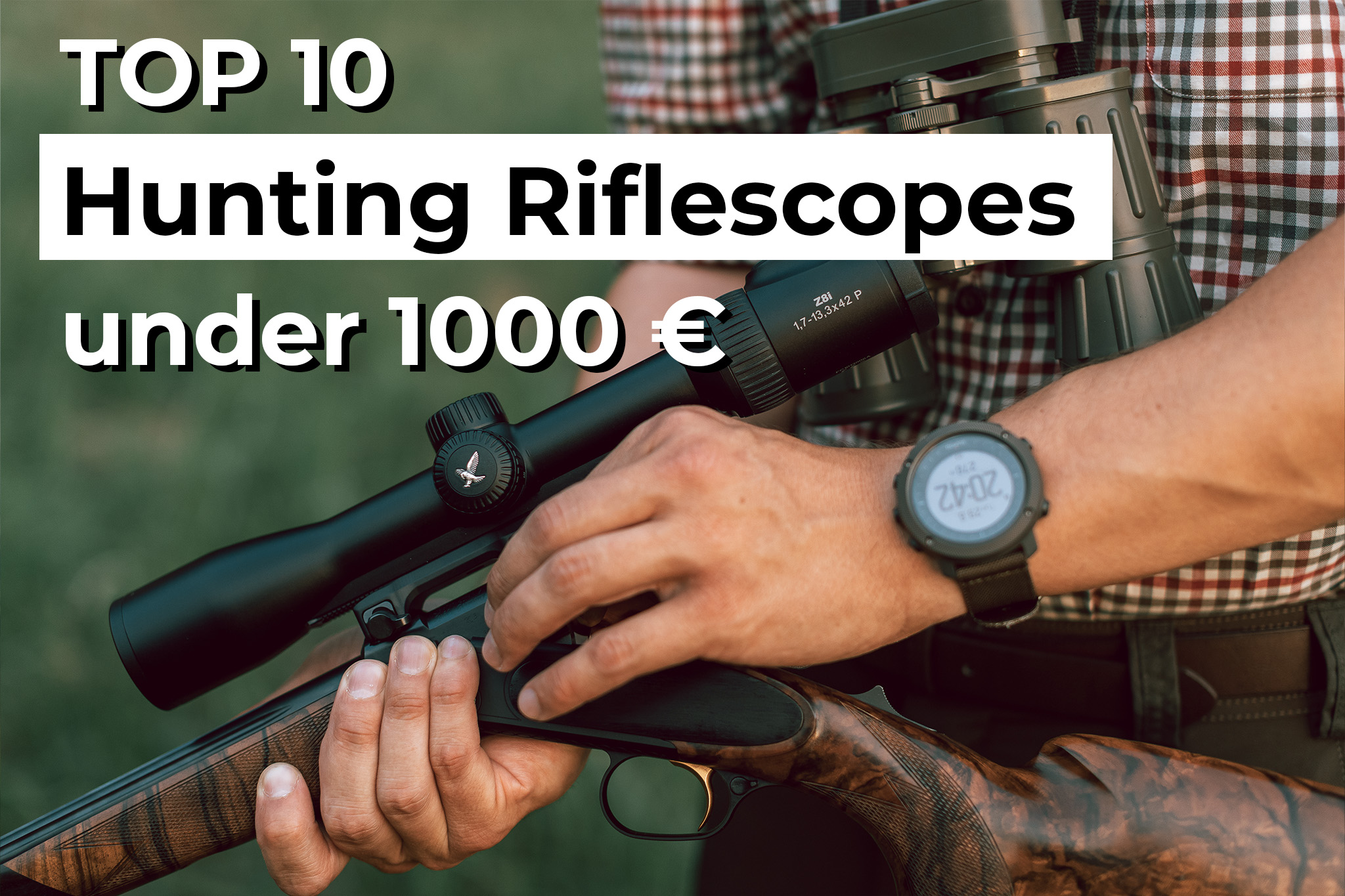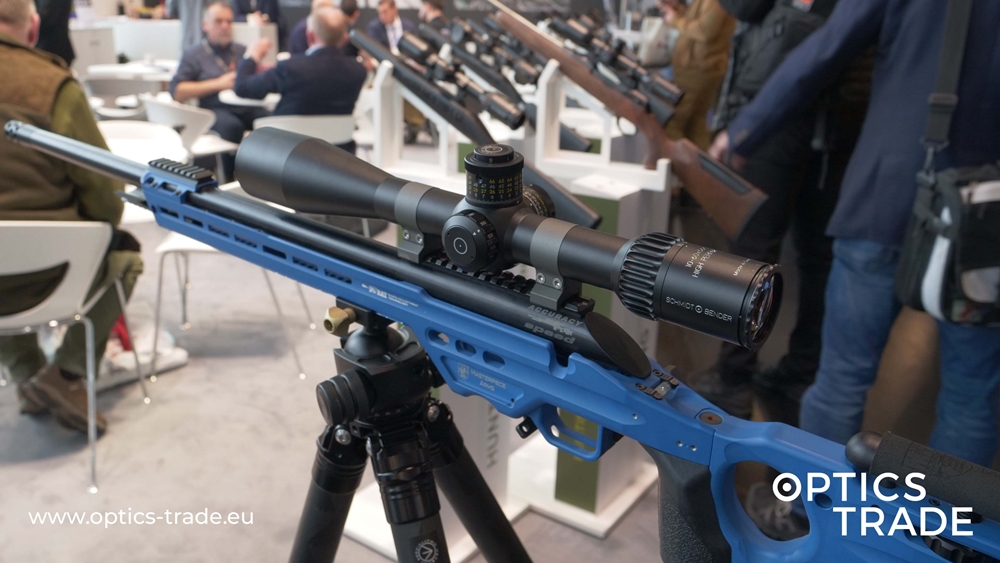Hello and welcome to another episode of Optics Trade Debates. Today’s video will focus on Leica riflescopes. There are many models currently available on the market so let’s just dive in.
Let’s start with a bit of history about the Leica brand itself. It is one of the oldest optics companies still in business, having started in the early 1900s. Leica is best known for high-quality cameras and lenses.
Their riflescopes date back to the 1950s and, though intermittent, the riflescope production stood out from the competition from the very start, thanks to the true internal focusing system. For the last two decades, though, Leica was better known for their binoculars. They also had a couple of periods where they were producing riflescopes for the US market only but for the past 10 years, they upped their game. Today, Leica’s premium riflescopes are sold and made in Europe.
This brings us to the current line-up. There are four riflescopes series in Leica’s catalogue: Magnus i, Magnus non-illuminated, ER (6.5-25×56) and Visus.
Leica ER riflescope series used to offer unique models for a really narrow niche of long-range hunters who shoot at large distances. Now, only a single model remains in the ER family – 6.5-25×56 LRS. This riflescope is quite interesting, with many advantages but also limitations. The magnification power of 6.5 can be too high, especially for ordinary hunting. This device is intended for mountain hunting, long-range shooting and the like. Note that the ER model does not feature an illuminated reticle as it is a daytime riflescope, not meant for low-light hunting (which is the most common type of hunting in Europe). The place of ER model manufacture is Portugal.
Next, we’ll discuss Leica Visus i, the second generation in the Visus series; this time with illumination. Currently, there are three models available: 1-4×24, 2.5-10×42 and 3-12×50. These riflescopes are similar to the previously mentioned ER model. There is the 4x zoom factor, AquaDura® coating on the lenses and 9 illumination intensity levels to choose from. Just like the ER, the Visus series is also made in Portugal.
Each of these Visus i models is available in two finishes: matte and glossy. The glossy finish is a rare sight among riflescopes and in 2018, Leica is the only European manufacturer of these. The aluminium surface of each device is hand-polished for several hours to achieve the final, desired effect that looks especially nice on traditional and vintage firearms with stylish details.
The Magnus series too has 2 generations of products. As of 2018, the second generation called Magnus i is illuminated and has a much more polished design. Note that, though not marked in the very name of the series, the first generation was also illuminated. But Leica improved the size of the dot inside the reticle and switched up the intensity regulations, changed the battery compartment and so on. In all aspects, the 2nd generation is a major upgrade.
At this time, there are 4 models in this series: Leica Magnus 1-6.3×24 i, 1.5-10×42 i, the late but great all-rounder 1.8-12×50 i and the long-range specialist 2.4-16×56 i. Leica Magnus riflescopes currently boast the biggest field of view in the category of hunting riflescopes and offer an astonishing 91% of light transmission rate, even with the magnification power granted. The quality of optics places Leica at the top of the list. Another thing that stands out is their elegant design that is also ergonomically perfected. The metal BDC turret with a locking function is well-made and easy to use.
Let’s say a word or two on Magnus non-illuminated models that were introduced in 2018. The reason behind their launch is that in many markets, especially in the European one, the users are purchasing clip-on attachments for nighttime use. With a clip-on, there is obviously no need for reticle illumination. This way, Leica was able to produce nearly identical models at a lower price for users who also opt for clip-on attachments. The Magnus series is manufactured in Germany.
Leica uses the classical Zeiss ZM/VM rail standard for mounting purposes. That means that there are plenty of mounting solutions available for the customer to pick from.
The company is famous for its lens coatings. AquaDura® coating is perhaps the best-known one and is also used on Leica binoculars. It protects the external surfaces of lenses against dirt, stains, water and partially against scratches. The main thing is that it prevents the accumulation of fog and dew on the lens, which is a big advantage during the winter season.
Another high-tech, quality feature that Leica employs is the auto illumination turn-off function. That means that the reticle will switch off when the riflescope is out of shooting position and then instantly turn on again. There are many other advanced technologies that Leica continues to incorporate into their riflescopes.
The standard warranty for most Leica products is 10 years. However, in our experience, here at Optics Trade, Leica still services riflescopes and other devices with an expired warranty. They are a well-established company that values their customers and will repair any Leica product, taking it back to the place of manufacture and making sure it fits factory specification before returning it to the user. And honestly, after more than a decade of use, the cost of repair is nothing compared to having to buy an entirely new riflescope, really.
That finally brings us to the end of today’s discussion. Thank you for your attention. Please like and share this video if you found it informative. As always, you can leave any remaining questions in the comment section below or send us an email. Subscribe to our YouTube channel for more content. See you next time!
Products mentioned:




